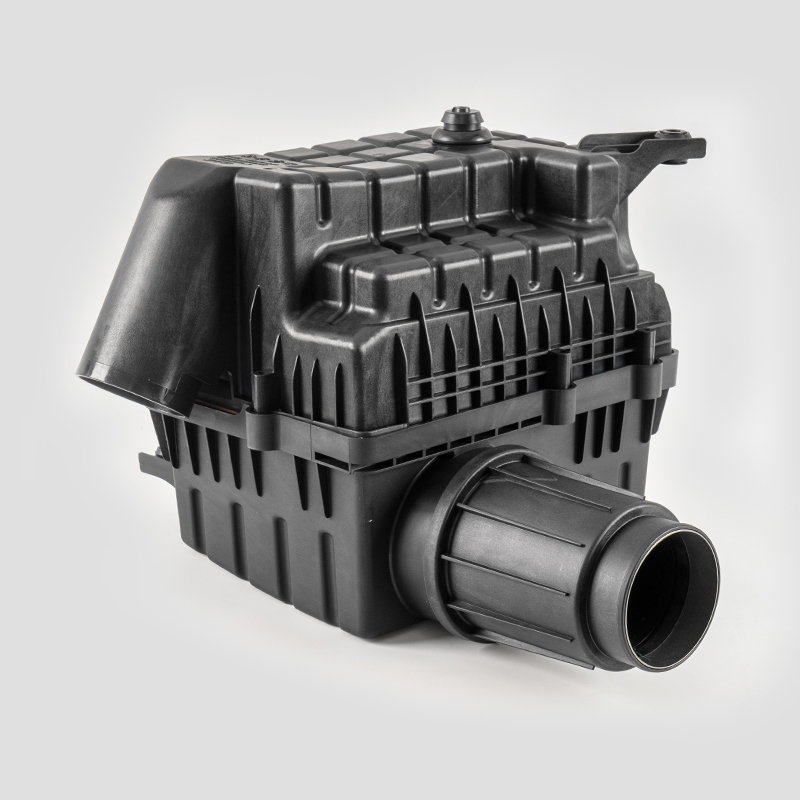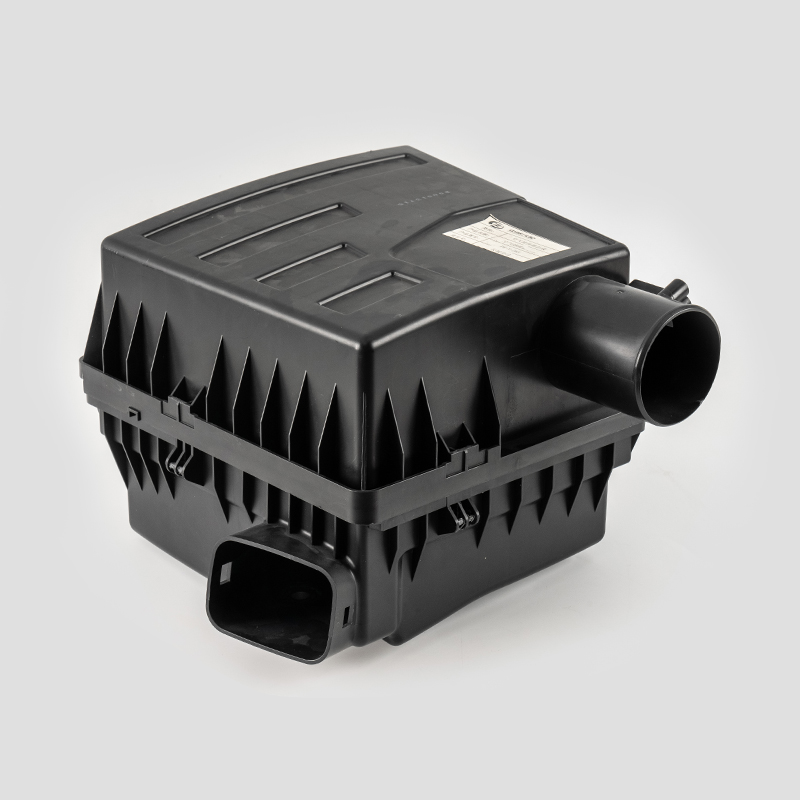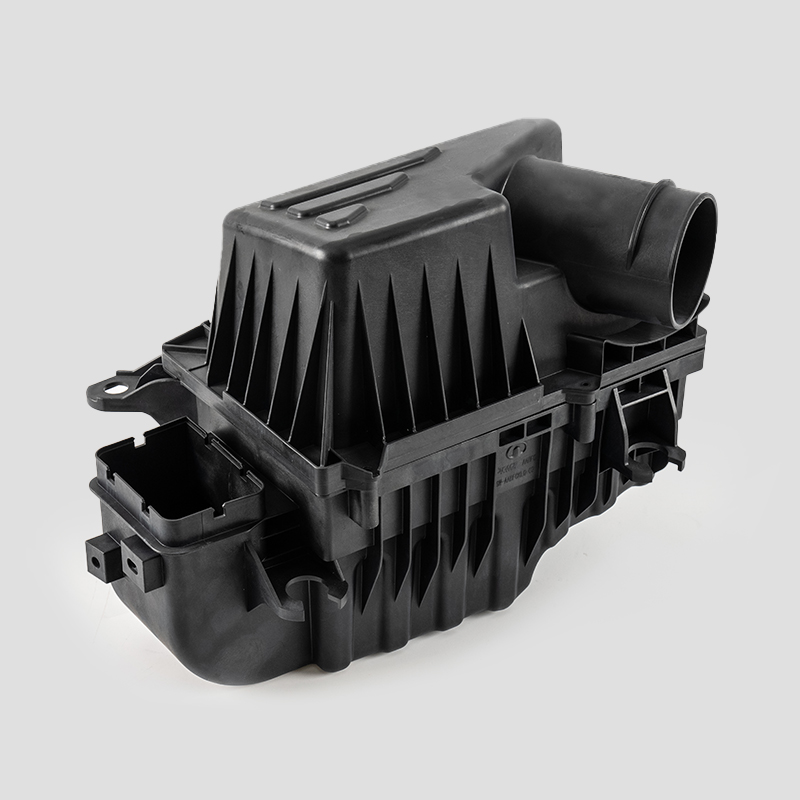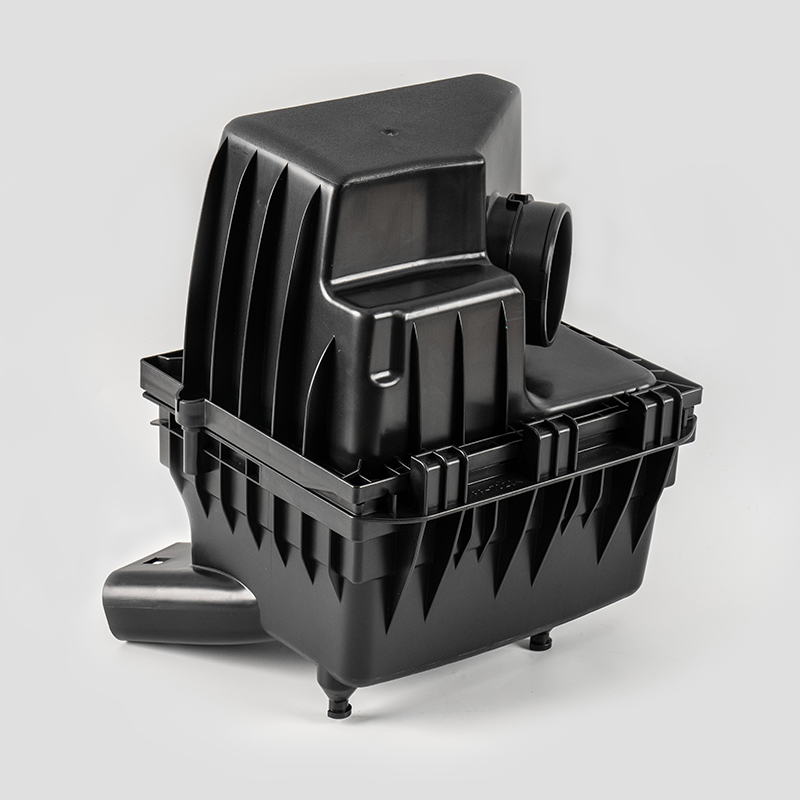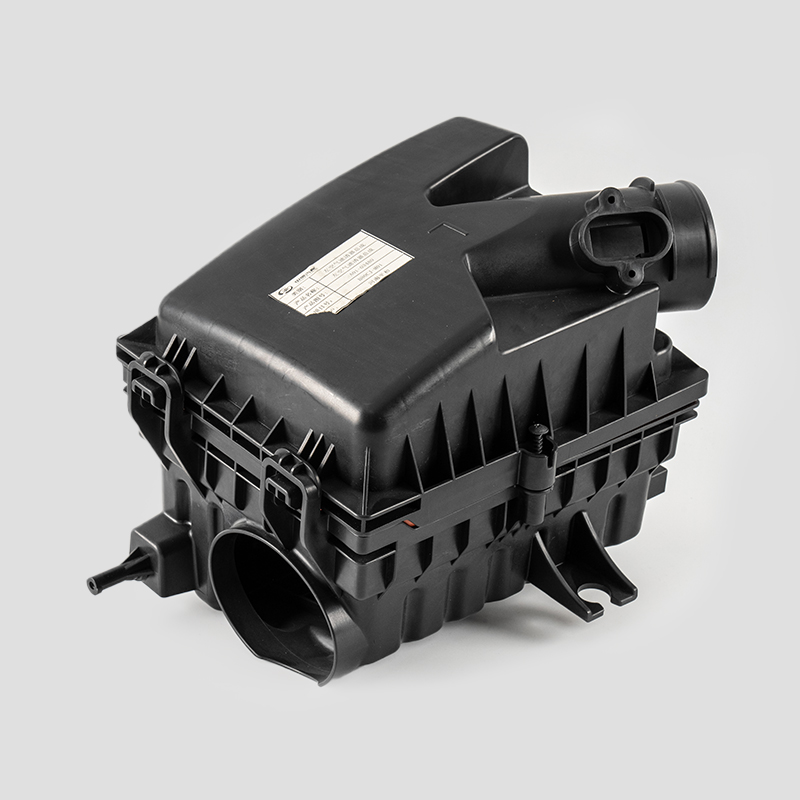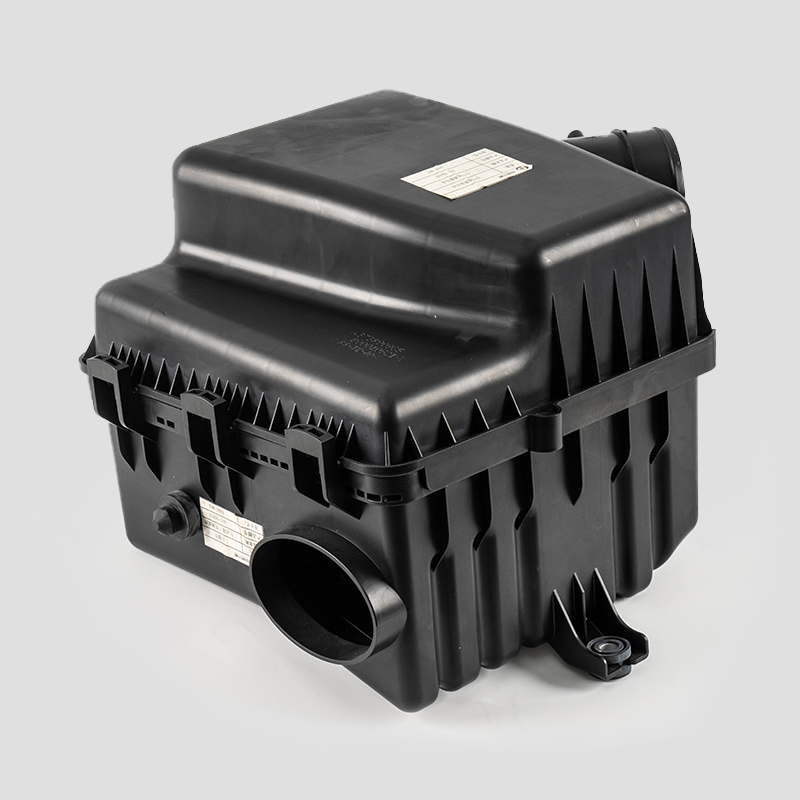Can Eco Oil Filters Lower Vehicle Emissions? What Drivers Need to Know
With stricter global emissions regulations (such as Euro 7 and EPA Tier 3) and growing driver awareness of environmental impact, eco-friendly automotive components are gaining attention. Among them, eco oil filters—touted as a simple upgrade to reduce a vehicle’s carbon footprint—have sparked questions: Do they actually lower emissions, or is this just marketing hype? Unlike standard oil filters (designed primarily to trap debris), eco oil filters integrate additional features to enhance oil efficiency and engine performance. This guide breaks down how they work, their real impact on emissions, and what drivers should consider when choosing one.
1. How Do Eco Oil Filters Differ from Standard Oil Filters in Emission-Related Design?
Eco oil filters stand out from standard models through three key design upgrades that lay the groundwork for emissions reduction:
Higher Filtration Efficiency for Harmful Particles: Standard oil filters typically trap particles as small as 20–30 microns, while premium eco oil filters can capture particles as tiny as 5–10 microns (using advanced media like synthetic fiber blends or nanofiber layers) . These smaller particles—including metal shavings from engine wear and carbon deposits—are a major culprit: when they circulate in engine oil, they increase friction between moving parts, forcing the engine to burn more fuel to maintain performance (thus emitting more CO₂). By removing 40–60% more of these micro-particles, eco oil filters reduce friction, optimizing fuel efficiency and cutting emissions.
Oil Longevity Enhancement: Eco oil filters often include anti-oxidation additives or a "media coating" that slows oil degradation. Engine oil breaks down over time due to heat and contaminants, losing its ability to lubricate effectively. When oil degrades, the engine runs less efficiently, and incomplete fuel combustion leads to higher emissions of hydrocarbons (HC) and nitrogen oxides (NOₓ). Tests show that eco oil filters can extend oil change intervals by 2,000–5,000 km compared to standard filters . Longer-lasting oil means fewer oil changes, reducing both waste oil disposal (a source of environmental pollution) and the carbon footprint from oil production and transportation.
Reduced Pressure Drop: Standard filters may create a "pressure drop" (resistance to oil flow) as they clog with debris, forcing the engine’s oil pump to work harder (using more energy and increasing emissions). Eco oil filters use a pleated media design with larger surface areas and optimized flow channels, minimizing pressure drop even when the filter is partially full . This ensures consistent oil flow to critical engine components, keeping the engine running smoothly and efficiently.
2. Do Eco Oil Filters Actually Lower Vehicle Emissions? Real Data and Mechanisms
The claim that eco oil filters reduce emissions is supported by both lab tests and real-world driving data, driven by two core mechanisms:
Improved Engine Lubrication = Lower Fuel Consumption = Fewer Emissions: When engine parts are properly lubricated (thanks to clean, long-lasting oil from eco oil filters), friction is reduced. A 10% reduction in engine friction can lead to a 1–2% improvement in fuel efficiency, according to the Society of Automotive Engineers (SAE) . For a vehicle that averages 10 L/100 km, this translates to 0.1–0.2 L/100 km less fuel used—and 2.3–4.6 g/km less CO₂ emitted (since burning 1 L of gasoline produces ~230 g of CO₂). Over a year of driving 15,000 km, this adds up to 34.5–69 kg less CO₂—equivalent to planting 1–2 mature trees.
Reduced Particulate Matter (PM) Emissions: While modern vehicles have particulate filters (DPFs) to trap exhaust particles, eco oil filters prevent a significant amount of PM from forming in the first place. When contaminated oil circulates, it can enter the combustion chamber (through worn piston rings) and burn, producing additional PM. A study by the International Council on Clean Transportation (ICCT) found that vehicles using eco oil filters had 15–20% lower PM emissions from oil-related combustion compared to those using standard filters . This is especially impactful for older vehicles without advanced DPF systems, where eco oil filters act as a "pre-filter" to reduce PM before it reaches the exhaust.
Lower HC and NOₓ Emissions: Inefficient engine operation (due to poor lubrication or degraded oil) leads to incomplete fuel combustion, which releases more HC (unburned fuel) and NOₓ (formed when nitrogen in the air reacts with oxygen at high temperatures). Eco oil filters maintain oil quality for longer, ensuring the engine runs at optimal combustion efficiency. Lab tests on a 2.0L gasoline engine showed that using an eco oil filter reduced HC emissions by 8–12% and NOₓ emissions by 5–7% compared to a standard filter over 10,000 km of driving .
3. What Specs Should Drivers Check to Ensure Eco Oil Filters Deliver Emission Benefits?
Not all products labeled "eco oil filters" are equally effective. Drivers should verify these key specs to avoid greenwashing:
Filtration Efficiency Rating: Look for filters certified to capture ≥98% of particles 10 microns or smaller (check for ratings from organizations like ISO or SAE). Avoid filters that only specify "high efficiency" without numerical data—this is often a vague marketing claim.
Oil Change Interval Compatibility: Ensure the eco oil filter is designed to match extended oil change intervals (e.g., 10,000 km or more) if you plan to use long-life oil. Using a filter with a shorter lifespan than the oil will negate the emission and cost benefits, as you’ll still need frequent oil changes.
Pressure Drop Rating: A good eco oil filter should have a pressure drop of ≤5 psi (pounds per square inch) at maximum flow rate. This information is usually available in the product’s technical data sheet—lower pressure drop means less strain on the engine.
Material Sustainability: True eco oil filters often use recycled or biodegradable materials for the filter housing (e.g., recycled plastic) or media (e.g., plant-based fibers). Check for certifications like "100% Recyclable Housing" or "Biodegradable Media" to reduce environmental impact beyond emissions reduction.
4. Are Eco Oil Filters Worth the Extra Cost for Average Drivers?
Eco oil filters typically cost 20–50% more than standard filters (e.g.15–30 vs. 10-20). Whether they’re worth the investment depends on your driving habits and vehicle type:
For High-Mileage Drivers: If you drive 15,000+ km per year, the fuel savings and extended oil change intervals will offset the higher filter cost. For example, a 25ecofilterthatsaves0.2L/100kmover15,000km(30Lofgasoline, 45 at 1.5/L)andextendsoilchangesby5,000km(savin30 on one oil change) will actually save you $50 annually.
For City Drivers: Stop-and-go city driving causes more engine wear and oil degradation, making eco oil filters more beneficial. The improved filtration reduces friction during frequent startups and stops, leading to more noticeable fuel savings and emission reductions compared to highway driving.
For Older Vehicles (Pre-2010): Older engines often have more wear and are less efficient, so eco oil filters can have a bigger impact on emissions and performance. They help keep aging engines running smoother, delaying costly repairs and reducing the need for frequent tune-ups (which also have an environmental cost).
For Electric or Hybrid Vehicles: While EVs don’t have oil filters, hybrid vehicles (which still have internal combustion engines) can benefit. Eco oil filters reduce the engine’s workload, extending battery life and allowing the electric motor to be used more (further lowering emissions).
For drivers who drive less than 10,000 km per year, the cost savings may be minimal—but the environmental benefit (lower emissions, less waste oil) is still a valid reason to choose eco oil filters, especially if you prioritize sustainability.
5. How to Maximize Emission Reduction with Eco Oil Filters: Practical Tips
To get the most out of your eco oil filter, pair it with these practices:
Use the Right Oil: Combine eco oil filters with full-synthetic or high-mileage oil (designed for extended use). Using conventional oil with an eco filter will limit the oil’s lifespan, reducing the filter’s emission benefits.
Follow Recommended Maintenance Schedules: Even with an eco oil filter, don’t exceed the vehicle manufacturer’s maximum oil change interval (e.g., 15,000 km for most modern vehicles). Overusing oil can lead to engine damage, which increases emissions.
Check for Leaks: A leaking oil filter (even a small leak) wastes oil and can cause environmental damage. Inspect the filter during oil changes to ensure it’s properly sealed—eco oil filters often have improved gasket designs (e.g., silicone gaskets) that reduce leakage, but proper installation is still key.
Dispose of Used Filters Responsibly: Eco oil filters are more sustainable, but used filters still contain oil and should be recycled (not thrown in the trash). Many auto parts stores and service centers accept used oil filters for recycling—this prevents oil from seeping into soil or waterways.
Common Myths About Eco Oil Filters Debunked
Myth 1: "Eco oil filters are just standard filters with a green label."
Fact: Reputable eco oil filters have tangible design differences (e.g., finer media, anti-oxidation coatings) that are verified by third-party testing. Always check for certification labels to avoid counterfeit "eco" products.
Myth 2: "Eco oil filters will clog faster because they trap more particles."
Fact: Their larger surface area and advanced media allow them to trap more particles without clogging quickly. Most eco filters have a higher dirt-holding capacity (the amount of debris they can trap before needing replacement) than standard filters.
Myth 3: "Eco oil filters only work for new vehicles."
Fact: As mentioned earlier, older vehicles often benefit more, as the improved filtration addresses wear-related issues that increase emissions.
Conclusion
Eco oil filters can indeed lower vehicle emissions—by improving engine efficiency, reducing fuel consumption, and minimizing particulate matter and harmful gases. While they cost more upfront, they offer long-term savings for high-mileage drivers and provide a simple, accessible way for all drivers to reduce their environmental impact. When choosing an eco oil filter, focus on verified specs (filtration efficiency, pressure drop, material sustainability) rather than marketing claims. By pairing the filter with proper oil and maintenance, you’ll not only lower emissions but also extend your engine’s lifespan—making it a win-win for both the environment and your wallet.




 English
English Español
Español عربى
عربى